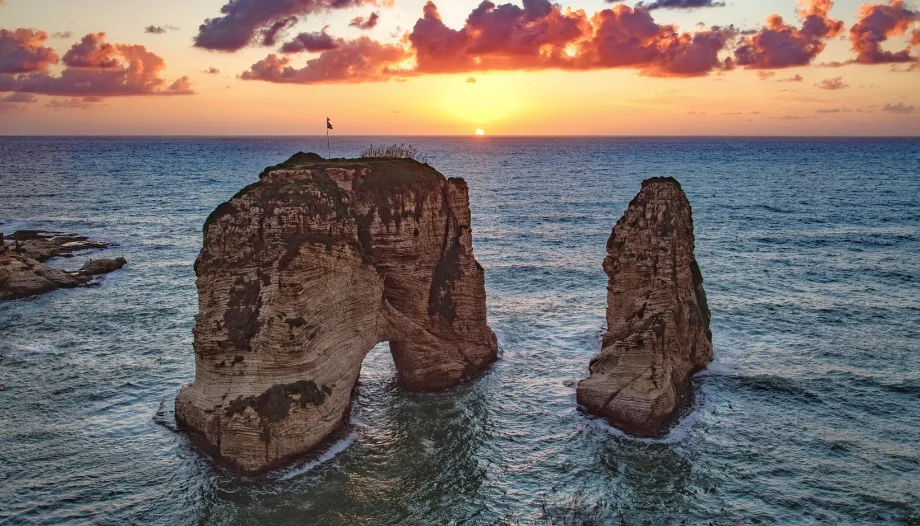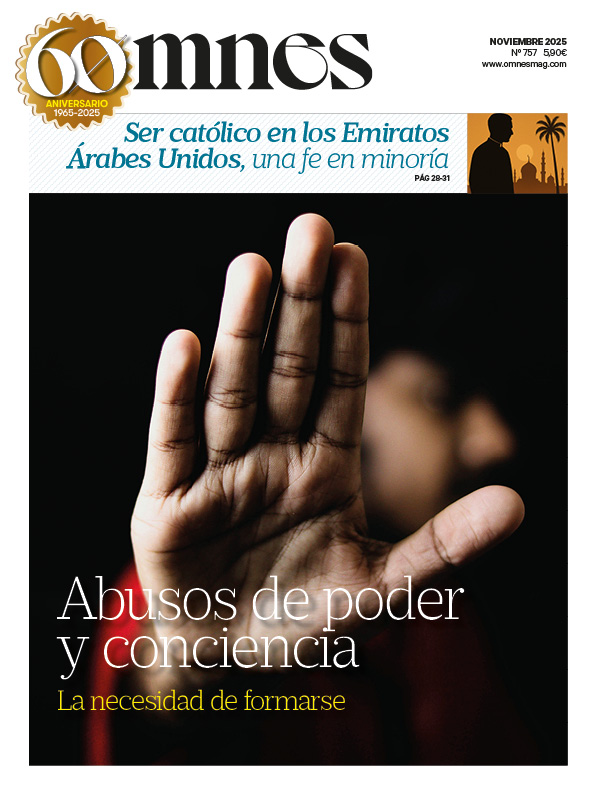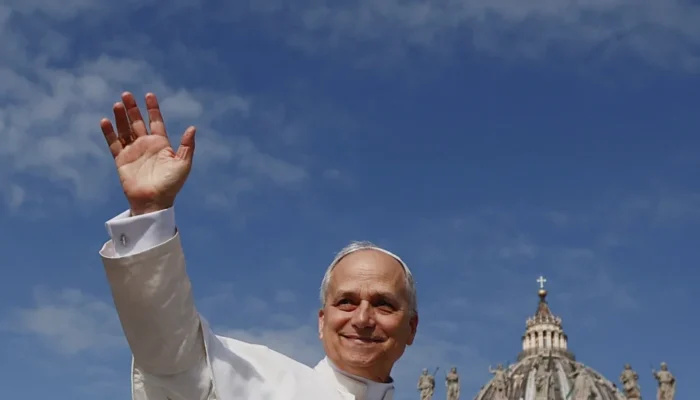From November 30 to December 2, 2025, Pope Leo XIV will make his first international apostolic journey to Turkey and Lebanon. The news has had worldwide repercussions: the Land of the Cedars is a wounded land, but also a place of exceptional symbolic value. “Lebanon is a message [...] and this message is a project of peace. Its vocation is to be a land of tolerance and pluralism, an oasis of fraternity where different religions and confessions meet, where diverse communities live together putting the common good before particular interests,” Pope Francis affirmed in 2021, pointing out the unique mission of this small country.
However, the current context is complex: since 2019, Lebanon has been drowning in a devastating economic crisis, with record inflation, collapsed public services and a population exhausted by mass emigration. The rigid confessional political system, which assigns positions according to religious affiliation, makes decision-making difficult. And yet the country remains a laboratory of coexistence where Christians and Muslims remain, despite everything, side by side.
Already in other articles For Omnes, I addressed the richness of Lebanon's plural identity, rooted in the Eastern Christian tradition, as well as the risks of its collapse. politician and economic. Now, with the Pope's visit, these elements are joined by a spiritual dimension embodied in the saints and their shrines.
Saints and “ambiguous” shrines”
I devoted an academic study to this phenomenon entitled: “Lebanon with its ‘ambiguous’ saints and shrines: a laboratory for evangelization in a world cross-cultural?”, presented at the 14th Professional Seminar on Church Communication Offices, at the Pontifical University of the Holy Cross.
In this analysis I address the phenomenon of “ambiguous” shrines: places of worship that, while belonging to a particular religious tradition, are also venerated by followers of other religions. In Lebanon, this is especially the case with three central figures of Maronite spirituality: saint Charbel Makhlûf (1828-1898), saint Rafqa al-Rayès (1832-1914) and saint Nimatullah al-Hardinī (1808-1858).
Born in villages in northern Lebanon, they lived simple lives, marked by prayer, teaching and sacrifice. Nimatullah, canonized in 2004, was a teacher of theology and spiritual guide; Rafqa, proclaimed a saint in 2001, transformed suffering into a testimony of faith; Charbel, raised to the altars in 1977, became famous after his death for the miracles attributed to his intercession and for his incorrupt body that still exudes miraculous oil.
Its sanctuaries, especially that of St. Charbel in Annaya, attract pilgrims of various denominations: thousands of Christians (Catholics, Orthodox, Protestants), but also Shiite and Sunni Muslims, and even Druze come every year to ask for healing and leave votive offerings.
Living together: a common good
This shared devotion evokes the Arabic concept of ‘aysh al-muštarak’, or “living together,” which has characterized Lebanese history for centuries. Already in Islamic and then Ottoman times, Christian holy places were frequented by Muslims, who recognized in them the «baraka», the divine blessing transmitted through the «walī Allah» (“friends of God”).
Despite the rise of nationalism and the civil wars of the 20th century, this “dialogue of the faithful” never broke down. It is not a dialogue born of diplomatic summits, but of daily life: gestures of popular piety that unite where politics divides. Lebanon thus reveals itself as a true “message of peace”: shared faith maintains bonds where human structures fail.
Three “heroic” saints and the pilgrimage to their tombs
Charbel, Rafqa and Nimatullah are called “heroic” saints, not because of spectacular feats, but because of the radical way they lived the Gospel. Their lives have become moral and spiritual references for the entire Lebanese people. Many Muslims report dreams in which St. Charbel appears as an intercessor of peace; others testify to extraordinary healings. Rafqa is venerated as a model of fortitude, and Nimatullah (Charbel's teacher) as a spiritual guide.
These saints are figures who transcend religious boundaries: they represent not only Maronite identity, but a holiness that speaks to everyone, building a «communitas» that overcomes divisions.
Pilgrimage («ziyārah», “visit”) is a practice common to the great monotheistic religions. In Lebanon it acquires a unique character: the Muslim faithful who lights a candle before the icon of Saint Charbel, who touches his relics or anoints himself with oil at his tomb, is not acting out of curiosity, but out of genuine faith. These practices - prayer for healing, offerings, sacrificial gestures - express a universal spiritual language.
What some call “ambiguity”, far from representing a threat, reveals itself as a richness: it is an experience of transculturality and, in a certain sense, of “transreligiosity”, which shows that the sacred can be a bridge and not a wall. This is why the Lebanese shrines are concrete signs of hope in a wounded Middle East.
Conflict, elections and disarmament: Lebanon under observation
In recent months, Lebanon has been at the center of international tensions. The conflict between Israel and Hezbollah experienced an escalation between 2023 and 2024, with direct intervention by the Lebanese Shiite group alongside Palestinian factions, leading to a ceasefire agreement on November 27, 2024.
In 2025, attention shifted to the domestic political level: Parliament elected Maronite Joseph Aoun as president, ending more than two years of institutional vacuum.
The new government has declared its intention to strengthen the state and regain full control of the territory. In this context, an ambitious plan has been approved for the disarmament of the Hezbollah militia before the end of 2025, with the aim of making the state armed forces the only legal army. Hezbollah, weakened by the war, refuses to give up arms completely without a total withdrawal from Israel.
The country is therefore at a historical crossroads. The question is not only geopolitical, but also symbolic and spiritual: it is a matter of transforming pluralism into true national sovereignty, inspired by the unity that the Lebanese saints and the Syriac tradition have generated for centuries.
Evangelization and communication
The experience of the Lebanese saints shows that evangelizing does not mean transmitting abstract ideas, but creating encounters and relationships. As I pointed out in the seminar at the University of the Holy Cross, it is a matter of “pre-evangelization”: a human terrain where the heart is ready to receive the Gospel.
In a polarized world, where communication is reduced to slogans, “ambiguous” sanctuaries offer another way: they show that authentic faith does not divide, but generates communion; that the sacred is not the exclusive property of a community, but a space where humanity gathers.
Lebanon, with its fragile but persistent experience of coexistence, remains a laboratory of peace. The Pope's trip will not only be a pastoral visit, but a prophetic sign: a reminder to the world that the encounter with God necessarily leads to an encounter between people.








